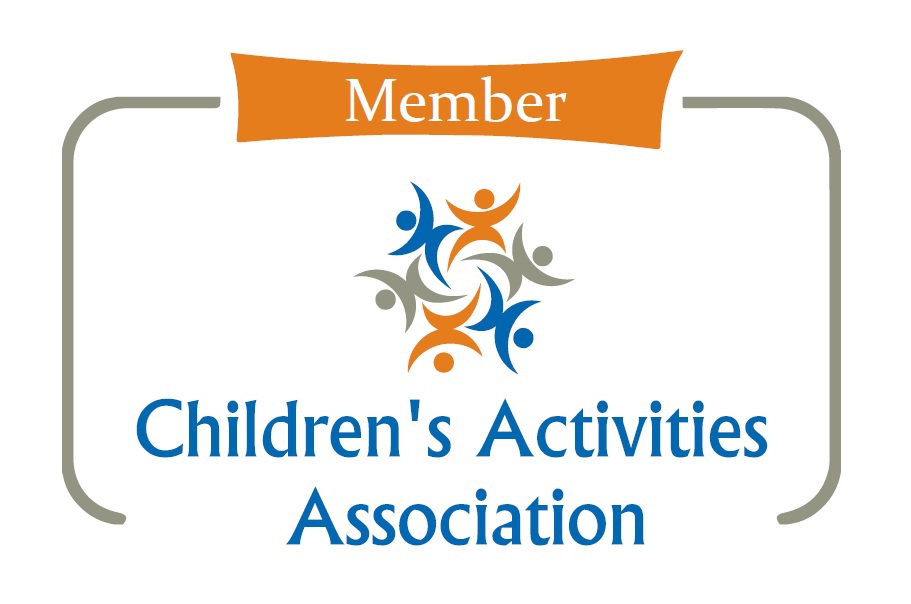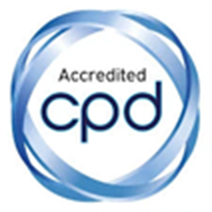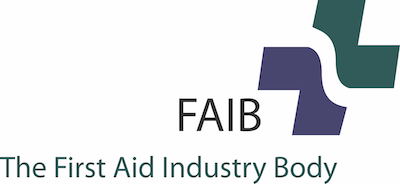With the school holidays just around the corner, I bet you're starting to think about packing up for that well deserved family break! An important part of your packing will be considering which sunscreen to buy. At Mini First Aid we want to make it as easy as possible for families to stay safe in the sun, whether you're holidaying abroad or at home. Don't forget that even on a cloudy day in the UK, your child’s delicate skin can burn.
Sunburn not only increases our risk of skin cancer, but it can also lead to heat exhaustion and heatstroke - a medical emergency. So how can I make sure my family are safe in the sun? Charlotte from Mini First Aid HQ talks you through everything you need to know...
Be mindful of the time of year, and time of day!
In a hot holiday destination, you need to be careful all year round, and especially between the hours of 11am and 3pm when the sun is at its strongest.
In the UK parents should take particular care of their children’s skin between the months of March and October.
Always keep children aged under 6 months out of direct sunlight, especially in the middle of the day when the sun is at its strongest – their young skin doesn’t contain enough melanin, the pigment that gives skin, hair and eyes their colour, and provides some protection from the sun.
So on a hot day, whether abroad or at home, aim to spend plenty of time in the shade between 11am and 3pm.
Wearing the right clothes / hats / sunglasses is super importantCover babies and children up with suitable clothing, ideally light long sleeved layers and long trousers if they are going to be in the sun for a long time. On the beach, rash vests or long-sleeved / legged costumes are a great option for sun safety. Don’t forget a hat, which should be wide brimmed to shade the face, neck and ears, or have a long flap at the back. Opt for sunglasses with wraparound lenses or wide arms with the CE Mark and British Standard Mark 12312-1:2022 as the safest option for your child. |
 |
Understand how to use sunscreen safelyIt’s not just a case of slapping anything on and hoping for the best. Be mindful of the following:
|
 |
Do a skin test
I’ve lost track of the amount of sunscreen products my daughter's skin has reacted to with itchiness, soreness or hives. Make sure that you test any new products on a small patch of skin BEFORE you go on holiday / on a day out so you don’t risk a skin reaction when you land poolside / on the beach – I can tell you from bitter experience that packing up to go home for the day because you don’t have the right sun protection is the worst!
What is SPF and star-rating?
You will not be the first parent utterly bamboozled by the array of suncare products available, and the acronyms used in sun protection. Basically, the skin needs to be protected from 2 types of the sun's radiation: UVB and UVA.
SPF stands for Sun Protection Factor, and is a measure of the amount of ultraviolet B radiation (UVB) protection that a product gives you. An SPF of 50+ offers the strongest form of UVB protection. It is recommended that a product with an SPF of at least 30 is used on babies' and children’s skin.
Ultraviolet A radiation (UVA) protection is measured by a “star rating”. On UK sunscreens you should see a star rating of up to 5 stars somewhere on the bottle. The higher the star rating, then the better the UVA protection your sunscreen will give you. For children’s skin, it’s recommended you use products with at least a 4 out of 5 star rating.
The letters "UVA" inside a circle is a European marking. This means the UVA protection is at least a third of the SPF value and meets EU recommendations.

What do I do if my child gets sunburn?Sometimes, even if you think you have taken all necessary precautions, your child’s skin may get sunburned. Here is our advice if this happens: For mild sunburn:
|
 |
Signs that it might be more serious:
Following an episode of sunburn, monitor your child for signs of heat exhaustion which include:
- Headache
- Floppiness and sleepiness
- Dizziness / confusion
- Loss of appetite / feeling sick, or being sick
- Excessive sweating and pale clammy skin - this can be harder to see on black and brown skin which may look grey or ashy in tone. Heat rash may also be present – this looks like small, raised red spots but might be difficult to see on black and brown skin. If your child can talk and describe the feeling, they might say it feels like prickles and it will most likely be itchy
- A high temperature of 38°C or above
- Fast breathing or heartbeat
- Excessive thirst
If you suspect your child may have heat exhaustion, act quickly:
After taking the above steps, your child should start to feel better within 30 minutes. If not, this could indicate heatstroke which is much more serious and should be treated as a medical emergency by calling 999 (or 112 in Europe/ 911 in the USA). |
 |
If you have any concerns about your child following an episode of sunburn, call 111 or seek GP help urgently. Heatstroke is a medical emergency and you should call 999 immediately if suspected.
Whatever you and your family have planned for the summer, we hope you have lots of fun playing safely in the sun!
Charlotte and the Mini First Aid Team x
Source: NHS Sunscreen and Sun Safety
Make sunscreen fun with solar buddies








